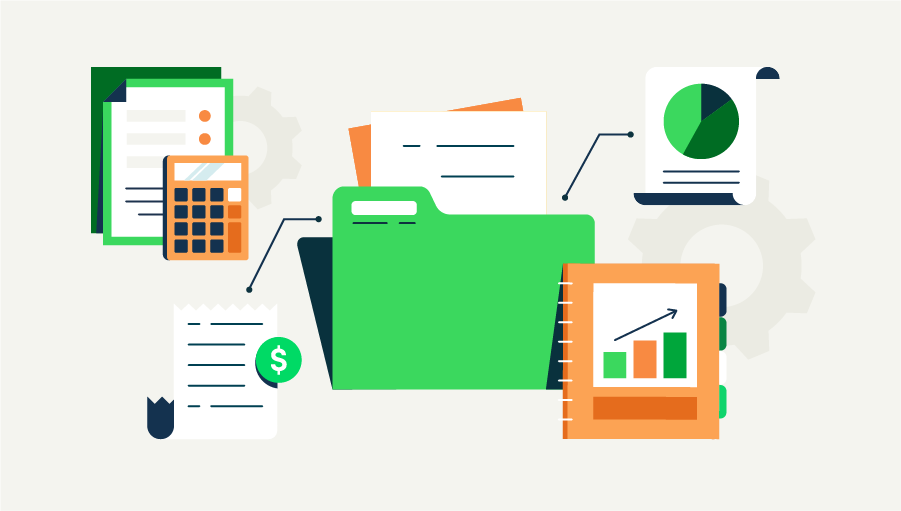7. Dynamic pricing & value proposition review
What you charged customers a year ago may have been profitable back then, but, in business, market conditions and your own costs can change quickly.
Look again at your pricing strategy. First, review your "input costs," which are the money you spend on raw materials, inventory, and third-party services. If your costs have increased but your pricing hasn’t, your profit margins will have shrunk.
Instead of competing solely on price, consider what makes you different, like faster delivery, a more tailored service, or ongoing support that rival firms don’t offer. Customers are often willing to pay more when they clearly see the benefits they’re getting.
Other strategies to consider include:
- Bundled pricing: Sell related products and services as a package at a single, discounted price. You increase the value of each sale and encourage customers to try a broader range of what you offer.
- Tiered service levels: Create service tiers like Gold, Silver, and Bronze so customers can choose the option that fits their needs and budget. This is a great upsell opportunity, and the extra revenue should cover the cost of additional service levels.
- Subscription services: Charge a recurring fee for ongoing access to your products and services to create a predictable revenue stream. Consider offering an annual subscription at a discount to generate more upfront cash, improve retention, and lock in customer commitment.
To get started, identify your main competitor and find three ways in which your product or service is better. For example, faster delivery, a longer warranty, or personalized after-sales support. Highlight these benefits in your marketing to justify higher pricing to your target audience.
8. Diversify revenue streams
Relying on a single product or a small handful of clients is risky. Losing a key account or having a supplier withdraw a popular product can hit revenue hard. Diversifying your income streams builds resilience in your company.
Review what you can offer customers using your existing staff, location, and knowledge. For example, a gym could offer:
- Online courses: For members outside the catchment area or who would struggle to make it to the gym, courses on home workouts, mobility routines, or nutrition basics could create passive income from those two audiences.
- Digital products: You could offer members who don’t want a personal trainer downloadable workout plans, meal prep guides, or goal-tracking templates. This could be a great source of revenue and a way to increase average member spend without hiring more staff.
- Consulting services: To generate more revenue, gym experts could provide 1:1 virtual coaching for executives, personalized training programs for marathon preppers, and diet advice tailored to individual lifestyles, from shift workers to new parents.
To really make the most of different revenue streams, experiment with expanding your range regularly. Set a goal of launching one new, small revenue stream every month or quarter. Promote each one to see which clients like the most and develop them further, while phasing out the ones that fail to land.

















